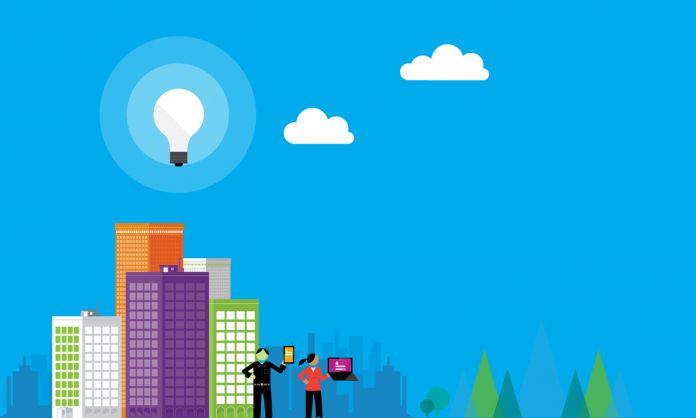In an accompanying blog post, Microsoft points out location-based insights can bring more potency to IoT solutions. With Azure Location Based Services, customers can access geographical data that can improve connections in smart cities, and empower industrial transformations across industries. The preview will make its debut in early December. It provides an enterprise-grade location service for organizations to develop asset tracking, mobility, and other geographic-based applications. All of these creations provide insights through a single dashboard for easy management. Customers will pay a single subscription for all developments through Azure Location Based Services. Microsoft says having one central solution allows it to maintain a high standard of privacy, data security, and compliance. “As IoT continues to transform businesses by providing breakthrough insights and optimizations for connected assets, location becomes even more important. For instance, a department of transportation can now use Azure Location Based Services to analyze and improve traffic in congested cities, freight companies can provide improved fleet management and logistics, and businesses can track the location of assets and be notified when their location changes.” At the launch of the preview, Microsoft also announced the first major partners signed to the platform. Navigation giant TomTom is part of the Azure Location Based Services and has provided its API. Enterprise mapping and GIS technology provider Esri has also joined the platform as a Microsoft partner. Additionally, Ireland-based telecommunications services Cubic Telecom and IoT provider Fathym have also been announced as collaborators.
Azure Location Based Services Features
Search: Create apps that provide details about a point of interest (POI), including contact information, hours of operation, a location pinpointed on a map, and directions to its address. Search for businesses by name, category, or what’s closest to you. Traffic: Develop mobility solutions that improve travel time and avoid gridlock. You get multiple alternate routes around traffic jams, insight into the length of the backup and the time it takes to get through it, and faster travel during rush hour. Maps: Integrate clear, easy-to-read maps into your solutions with the JavaScript Map Control APIs or the Render API. The maps update dynamically—your customers get constantly refreshed information. Routing: Give your solutions the ability to navigate the shortest or fastest routes available—to multiple destinations at a time—or provide specialized routes and facts for walkers, bicyclists, and commercial vehicles.




